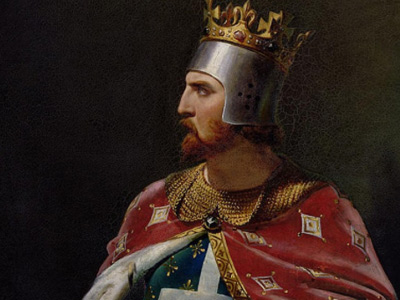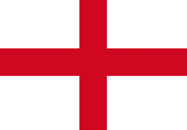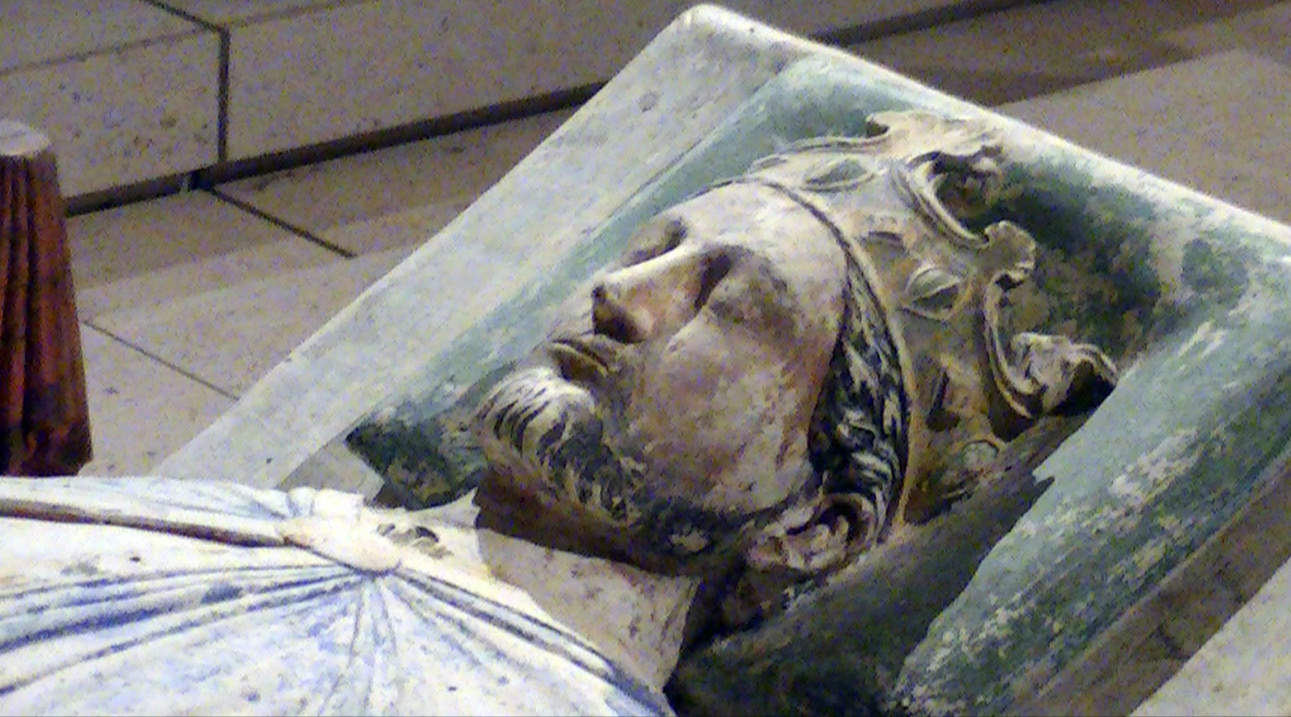Richard I of England (1157-1199)
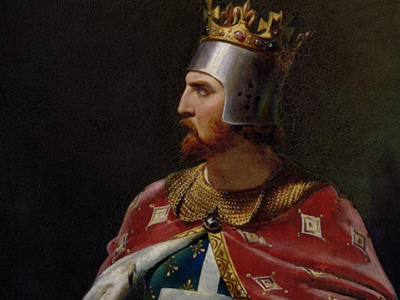
Captivity, Ransom and Return
Bad weather forced Richard's ship to put in at Corfu, in the lands of the Byzantine Emperor Isaac II Angelos, who objected to Richard's annexation of Cyprus, formerly Byzantine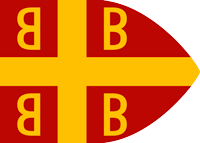 The Byzantine Empire, also referred to as the Eastern Roman Empire or Byzantium, was the continuation of the Roman Empire primarily in its eastern provinces during Late Antiquity and the Middle Ages, when its capital city was Constantinople. It survived the fragmentation and fall of the Western Roman Empire in the 5th century AD and continued to exist for an additional thousand years until the fall of Constantinople to the Ottoman Empire in 1453. territory. Disguised as a Knight Templar, Richard sailed from Corfu with four attendants, but his ship was wrecked near Aquileia, forcing Richard and his party into a dangerous land route through central Europe. On his way to the territory of his brother-in-law Henry the Lion, Richard was captured shortly before Christmas 1192 near Vienna by Leopold V, Duke of Austria, who accused Richard of arranging the murder of his cousin Conrad of Montferrat. Moreover, Richard had personally offended Leopold by casting down his standard from the walls of Acre.
The Byzantine Empire, also referred to as the Eastern Roman Empire or Byzantium, was the continuation of the Roman Empire primarily in its eastern provinces during Late Antiquity and the Middle Ages, when its capital city was Constantinople. It survived the fragmentation and fall of the Western Roman Empire in the 5th century AD and continued to exist for an additional thousand years until the fall of Constantinople to the Ottoman Empire in 1453. territory. Disguised as a Knight Templar, Richard sailed from Corfu with four attendants, but his ship was wrecked near Aquileia, forcing Richard and his party into a dangerous land route through central Europe. On his way to the territory of his brother-in-law Henry the Lion, Richard was captured shortly before Christmas 1192 near Vienna by Leopold V, Duke of Austria, who accused Richard of arranging the murder of his cousin Conrad of Montferrat. Moreover, Richard had personally offended Leopold by casting down his standard from the walls of Acre.
Duke Leopold kept him prisoner at Dürnstein Castle under the care of Leopold's ministerialis Hadmar of Kuenring. His mishap was soon known to England The Kingdom of England was a sovereign state on the island of Great Britain from about 927, when it emerged from various Anglo-Saxon kingdoms, until 1 May 1707, when it united with Scotland to form the Kingdom of Great Britain. The Viking invasions of the 9th century upset the balance of power between the English kingdoms, and native Anglo-Saxon life in general. The English lands were unified in the 10th century in a reconquest completed by King Æthelstan in 927., but the regents were for some weeks uncertain of his whereabouts. While in prison, Richard wrote Ja nus hons pris or Ja nuls om pres ("No man who is imprisoned"), which is addressed to his half-sister Marie de Champagne. He wrote the song, in French and Occitan versions, to express his feelings of abandonment by his people and his sister. The detention of a crusader was contrary to public law, and on these grounds Pope Celestine III excommunicated Duke Leopold.
The Kingdom of England was a sovereign state on the island of Great Britain from about 927, when it emerged from various Anglo-Saxon kingdoms, until 1 May 1707, when it united with Scotland to form the Kingdom of Great Britain. The Viking invasions of the 9th century upset the balance of power between the English kingdoms, and native Anglo-Saxon life in general. The English lands were unified in the 10th century in a reconquest completed by King Æthelstan in 927., but the regents were for some weeks uncertain of his whereabouts. While in prison, Richard wrote Ja nus hons pris or Ja nuls om pres ("No man who is imprisoned"), which is addressed to his half-sister Marie de Champagne. He wrote the song, in French and Occitan versions, to express his feelings of abandonment by his people and his sister. The detention of a crusader was contrary to public law, and on these grounds Pope Celestine III excommunicated Duke Leopold.
On 28 March 1193 Richard was brought to Speyer and handed over to Henry VI, Holy Roman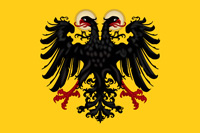 The Holy Roman Empire was a political entity in Western, Central, and Southern Europe that developed during the Early Middle Ages and continued until its dissolution in 1806 during the Napoleonic Wars. From the accession of Otto I in 962 until the twelfth century, the Empire was the most powerful monarchy in Europe. The empire reached the apex of territorial expansion and power in the mid-thirteenth century, but overextending led to partial collapse. Emperor, who imprisoned him in Trifels Castle. Henry VI was aggrieved by the support the Plantagenets had given to the family of Henry the Lion and by Richard's recognition of Tancred in Sicily. Henry VI needed money to raise an army and assert his rights over southern Italy and continued to hold Richard for ransom. In response Pope Celestine III excommunicated Henry VI, as he had Duke Leopold, for the continued wrongful imprisonment of Richard. Richard famously refused to show deference to the emperor and declared to him, "I am born of a rank which recognizes no superior but God". Despite his complaints, the conditions of his captivity were not severe.
The Holy Roman Empire was a political entity in Western, Central, and Southern Europe that developed during the Early Middle Ages and continued until its dissolution in 1806 during the Napoleonic Wars. From the accession of Otto I in 962 until the twelfth century, the Empire was the most powerful monarchy in Europe. The empire reached the apex of territorial expansion and power in the mid-thirteenth century, but overextending led to partial collapse. Emperor, who imprisoned him in Trifels Castle. Henry VI was aggrieved by the support the Plantagenets had given to the family of Henry the Lion and by Richard's recognition of Tancred in Sicily. Henry VI needed money to raise an army and assert his rights over southern Italy and continued to hold Richard for ransom. In response Pope Celestine III excommunicated Henry VI, as he had Duke Leopold, for the continued wrongful imprisonment of Richard. Richard famously refused to show deference to the emperor and declared to him, "I am born of a rank which recognizes no superior but God". Despite his complaints, the conditions of his captivity were not severe.
The emperor demanded that 150,000 marks (100,000 pounds of silver) be delivered to him before he would release the king, the same amount raised by the Saladin tithe only a few years earlier, and 2–3 times the annual income for the English Crown under Richard. Eleanor of Aquitaine worked to raise the ransom. Both clergy and laymen were taxed for a quarter of the value of their property, the gold and silver treasures of the churches were confiscated, and money was raised from the scutage and the carucage taxes. At the same time, John, Richard's brother, and King Philip of France The Kingdom of France is the historiographical name or umbrella term given to various political entities of France in the medieval and early modern period. It was one of the most powerful states in Europe since the High Middle Ages. It was also an early colonial power, with possessions around the world. Colonial conflicts with Great Britain led to the loss of much of its North American holdings by 1763. The Kingdom of France adopted a written constitution in 1791, but the Kingdom was abolished a year later and replaced with the First French Republic. offered 80,000 marks for the Emperor to hold Richard prisoner until Michaelmas 1194. The emperor turned down the offer. The money to rescue the King was transferred to Germany by the emperor's ambassadors, but "at the king's peril" (had it been lost along the way, Richard would have been held responsible), and finally, on 4 February 1194 Richard was released. Philip sent a message to John: "Look to yourself; the devil is loose".
The Kingdom of France is the historiographical name or umbrella term given to various political entities of France in the medieval and early modern period. It was one of the most powerful states in Europe since the High Middle Ages. It was also an early colonial power, with possessions around the world. Colonial conflicts with Great Britain led to the loss of much of its North American holdings by 1763. The Kingdom of France adopted a written constitution in 1791, but the Kingdom was abolished a year later and replaced with the First French Republic. offered 80,000 marks for the Emperor to hold Richard prisoner until Michaelmas 1194. The emperor turned down the offer. The money to rescue the King was transferred to Germany by the emperor's ambassadors, but "at the king's peril" (had it been lost along the way, Richard would have been held responsible), and finally, on 4 February 1194 Richard was released. Philip sent a message to John: "Look to yourself; the devil is loose".
HISTORY
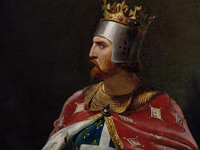
RESOURCES
This article uses material from the Wikipedia article "Richard I of England (1157-1199)", which is released under the Creative Commons Attribution-Share-Alike License 3.0.
© Stories Preschool. All Rights Reserved.
